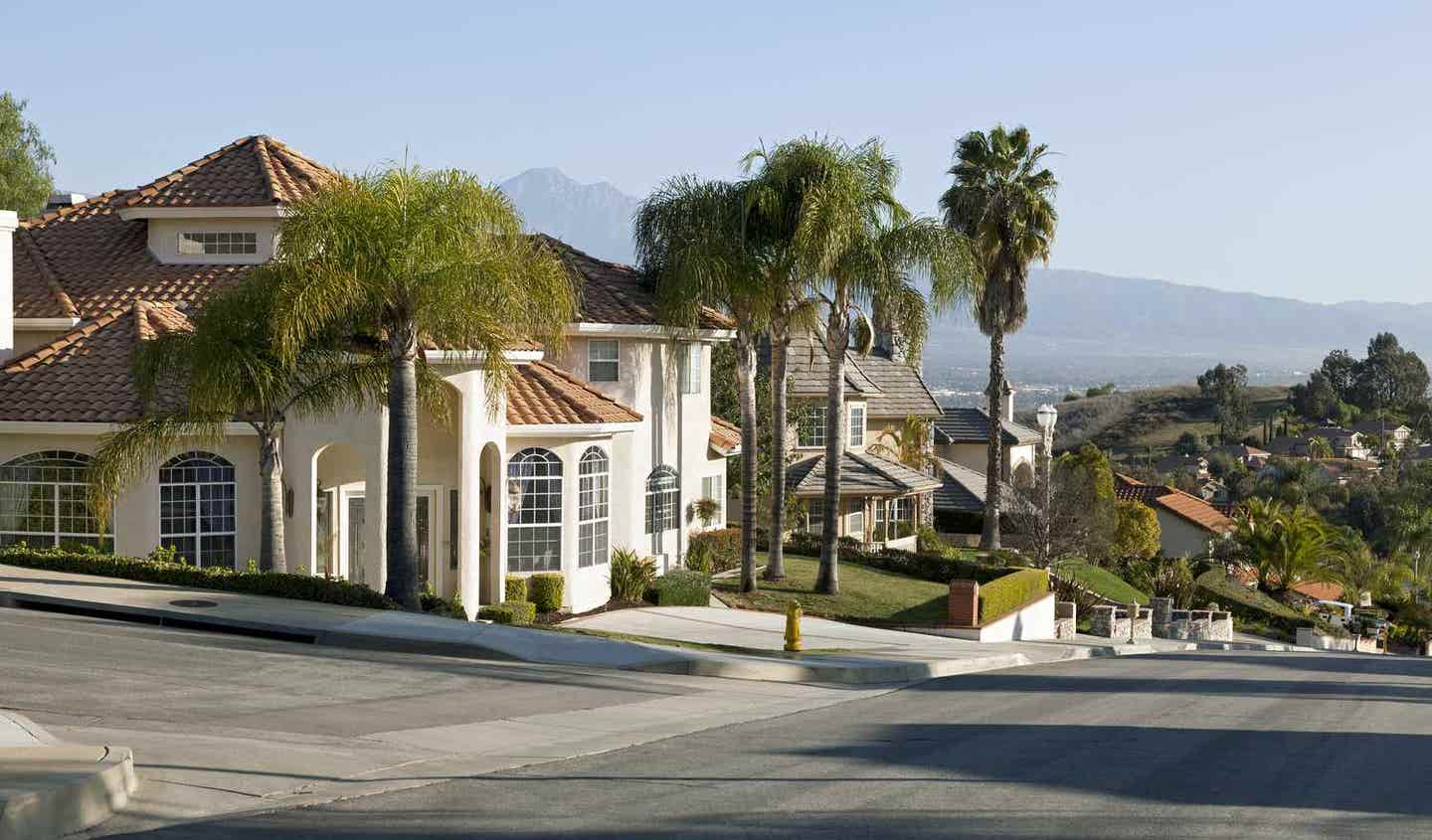Are America’s wealthiest neighborhoods actually safer?
Researchers have compared the concentration of hazards and associated risks impacting the richest and poorest counties and municipalities in all 50 states

Living wherever you want is one of the privileges that the wealthiest Americans enjoy. (Creative Commons)
Living wherever you want is one of the privileges that the wealthiest Americans enjoy. However, new research published in Risk Analysis suggests that they should be cautious when choosing their ideal location.
Rutgers University geographers Michael Greenberg and Dona Schneider conducted a nationwide analysis comparing the concentration of hazards and associated risks impacting the richest and poorest counties and municipalities in all 50 states, totaling 200 locations.
Their findings reveal a surprising twist: the wealthiest communities face higher economic consequences from natural hazards and exposure to air pollution compared to the poorest, mostly rural communities.
On the other hand, those living in the lowest-income areas experience lower economic impacts from natural hazards but face significantly higher suicide, homicide, and firearm fatality rates compared to the national average.
According to Greenberg, the study aimed to demonstrate that “relationships between income and the geography of hazards and risks are not that simple. Low-income areas are burdened by many hazards, yet even the most affluent suburban residents cannot escape the hazards of living near industrial and waste management facilities.”
One of the key metrics in the analysis was the National Risk Index, a FEMA tool that highlights communities most at risk from specific natural hazards. For the wealthiest communities, the data revealed that seven of the ten highest natural hazard risk locations are in California. The other three are Houston, Texas; Huntsville, Alabama; and Oklahoma City, Oklahoma, all prone to earthquakes, fires, floods, and tornados.
Related Stories
“The wealthiest people often choose to live in places that are dangerous due to natural hazards,” Greenberg points out, using coastal southern California as an example, where affluent neighborhoods are vulnerable to drought, wildfires, flooding, and landslides.
Hazards are potential sources of harm to humans or the environment, while risk is the probability of a hazard causing harm. The study included various risk metrics such as natural hazards, anthropogenic hazards like air pollution and toxic waste sites, health-related risks like homicide and suicide rates, low life expectancy, and the percentage of smokers, as well as social assets like food security and access to exercise and health care.
Significant findings from the study include:
For people in the highest-income communities:
- They are more likely to experience and face higher economic losses from natural hazards like hurricanes, drought, and tornados due to having more assets at risk.
- They reside in densely populated urban-suburban areas and are more likely to live near higher concentrations of anthropogenic hazards, such as hazardous waste and Superfund sites, heavy traffic, and air pollution.
- They have better access to high-quality medical care, top educational opportunities, entertainment venues, and other desirable assets.
For those in the lowest-income communities:
- They have fewer assets to lose but have a much more limited response capacity in the event of a disaster.
- They have lower exposure to anthropogenic hazards like dense motor traffic, air pollution, and hazardous waste sites compared to the national averages for municipalities. These communities are mostly rural and have lower exposure to urban life hazards compared to high-income areas.
- They have much higher social vulnerability and are more likely to struggle to secure access to information and services that protect them from risks.
- They face at least 50 percent higher suicide and homicide rates, firearm fatalities, and the percentage of current smokers compared to the national average.
- They are less likely to have ready access to health services such as primary care doctors, resulting in worse morbidity and mortality outcomes, including lower life expectancy rates.
- They are at nearly 40 percent higher risk for lack of educational achievement compared to the highest-income counties, as measured by high school graduation rates.
Greenberg suggests that individuals can learn more about their community's risks by using free databases like the EPA’s EJScreen. This tool provides demographic, social, economic, and air quality information, as well as the locations of potential industrial and waste management hazards. “You can put a circle around your house and find out all kinds of information,” he says. “Why not educate yourself?”
The study also highlights the geographic effects of income disparity by comparing demographics of the richest and poorest municipalities in four states: California (Atherton vs. Mecca), North Carolina (Marvin vs. Enfield), New York (Scarsdale vs. New Square), and Ohio (Indian Hill vs. East Cleveland).
For example, affluent Marvin and impoverished Enfield in North Carolina are located 260 miles apart. Marvin, a suburb of Charlotte, is over 85 percent non-Hispanic white, while Enfield, near South Carolina, is 85 percent African American. Marvin's public school system is rated A+, whereas Enfield’s is rated D. “Marvin represents growing affluence and Enfield represents an overlooked poor African American community,” Greenberg explains.
Greenberg and Schneider hope their risk analysis will offer valuable insights for government officials deciding where to allocate funds from programs like Justice40, which are designed to provide resources to America’s poorest and most underserved communities.
Note: Materials provided above by the The Brighter Side of News. Content may be edited for style and length.
Like these kind of feel good stories? Get the Brighter Side of News' newsletter.



